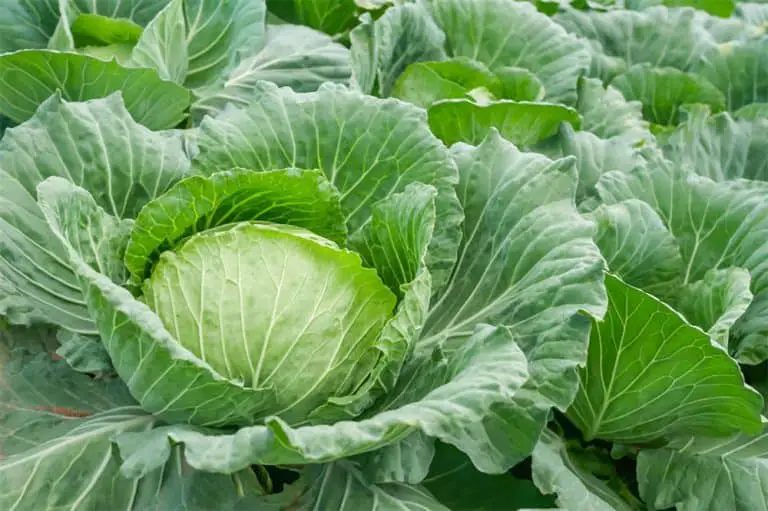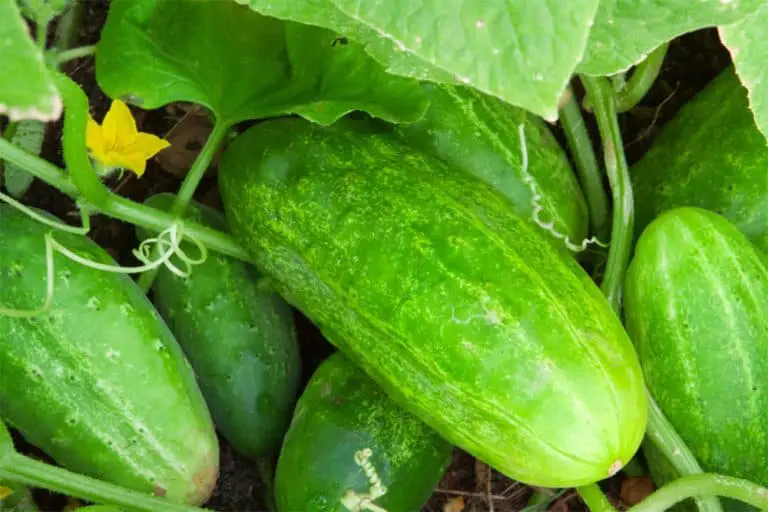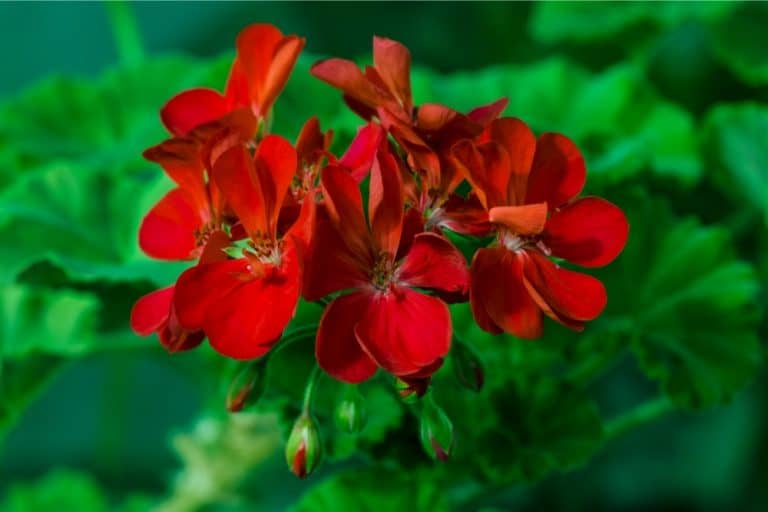How To Get Rid Of Fungus In Mulch FAST!
Want to know How To Get Rid Of Fungus In Mulch? Here is a quick and easy guide so you can get rid of pesky fungus once and for all!
No one wants to deal with it, but mulch fungus is a reality that can spring up every so often. Thanks to its lumpy and unsightly appearance, mulch fungus is also known as ‘slime mould’ and ‘dog vomit’.
It can spread in any place that you lay mulch on. Once it first spreads, mulch fungus is hard to remove, so it should be tackled the minute it first rears its head.
So, how do you remove fungus from mulch? Many gardeners believe that the best way of tackling mulch fungus is to prevent it from occurring in the first place.
There are several ways to do this, which we’ll cover in this article. Keep reading to find out what different types of fungus you should look out for.
DISCLOSURE
Some of the links on here are affiliate links and I may earn if you click on them, AT NO EXTRA cost to you. Hope you find the information here useful! Thanks.
Related Articles:
- How To Get Rid of Midges Once And For All!
- How To Prevent Weeds In Flower Beds?
- How To Treat Untreated Wood
- Best Waterproof Tape To Use In Your Home And Garden
- How To Get Rid Of Pot Worms [A Quick And Easy Guide 2022]
Why Does Mulch Fungus Occur?
Mulch doesn’t initially cause fungus, but it may provide the right conditions for fungus to grow. In damp conditions, mulch and fungus can grow together.
Fungi spread naturally as the bacteria start breaking the mulch down. Once the fungi feed, they make spores that grow into patches. These can be yellow, black, brown, or white.
Mulch fungus isn’t a huge problem. It only consumes bacteria and stays in small areas, so it won’t harm your plants. Nevertheless, it isn’t nice to look at.
You should remove it once you first see it in your mulch beds. This stops spores from spreading and growing fungus elsewhere.
Types of Mulch Fungus
Here are some types of fungus that you should look out for.
Mushrooms
Most people can recognize mushrooms. These sprout in many colours and sizes. Some look like little balls, but others can grow tall, up to 8cm in height.
In most cases, mushrooms aren’t dangerous, but some can be toxic if eaten. If you have young children or pets, rake the mushrooms out and throw them away.
Bird’s Nest
Bird’s nest fungus looks like birds nests with eggs within. Each of these clumps can be ¼ inch in diameter but can grow to a few inches wide. These are non-toxic, so they aren’t normally harmful to humans.
Slime Mold
Slime mould, or dog vomit, keeps contained in small areas. It occurs in moist mulch or older wood. You can identify slime mould from its bright colour, as it can be pink, orange, or yellow.
Avoiding slime mould is done by raking the mulch regularly. This stops the fungus from thriving within. Use a rake to remove the slimy fungus, then dispose of it, making sure it is far from your mulch.
You can also let the fungus dry out naturally. It will turn into a powdery white substance that you can rinse off with a hose.
Artillery
This type of fungus looks like a cup with a black centre. The wind can spread these sticky spores across incredible distances. This fungus initially grows with mulch, but it can also grow in light areas, like cars or houses.
The spores are very difficult to remove, but they aren’t dangerous.
Unfortunately, there’s no known way of removing artillery fungus. If it’s already a problem, avoid using mulch next to any buildings or cars. If you can’t move the mulch, keep raking it regularly. Make sure that the mulch is dry and in contact with air.
How To Get Rid Of Fungus In Mulch
You can touch mulch fungus safely, but you should use a shovel to remove it. Start scooping, leaving a few inches around the fungus patch. This will remove any spores that you can’t see, which may lead to the fungus recurring.

Dispose of the fungus into the trash or move it to your compost pile. Spores can still travel via air, so make sure you dispose of the fungus a good distance away from your mulch.
After you remove all of the fungi and affected mulch, use a rake to take away the top layer.
This will prevent fungus from growing again in new patches. If the fungus is very bad, you may need to remove all of your mulch.
After you remove the mulch, turn over the underlying soil. You can add a new mulch layer, but don’t add too much. Fungus and mould are more likely to grow in thick layers.
Most gardeners agree that you don’t need over two inches of mulch, so keep your layers one to two inches thick.
Note– If you want to make your green fingers happier and your life easier, you can use this affordable 83 pieces ultimate gardening set to help you garden like a pro!
Other Ways Of Removing Mulch Fungus
Heat
You can kill mulch fungus by exposing it to a high temperature. This doesn’t need to be scorching, around 104°F is just fine. You can do this naturally by placing the mulch in sunlight.
Use water to soak the mulch, then wait for a few weeks. Wetting the mulch can encourage it to decompose. Along with the sunlight, this makes the mulch heat up high enough to kill any mould or fungus.
pH Balance
Raising the pH levels in both the mulch and the soil can stop fungus in its tracks. Fungus grows best in acidic soil. Raising the pH level, or sweetening the soil, makes the soil less acidic.
It would be helpful to get yourself a pH tester to get accurate and precise readings, to give just the right amounts!

You can do this by adding liquid lime. This is normally found in the gardening section of many grocery stores. Spray a little liquid lime onto the mulch, but don’t let it get on any surrounding plants, as it can damage your hard work.

Fungicides
Several all-purpose fungicides can be bought, which can kill fungus when applied. These are powerful and can be dangerous. Take care when using these and follow the directions as written.
Store-bought fungicides may be harmful to the environment, but you can make natural ones at home which are safer to use. Two methods include cornmeal or baking soda.
Sprinkle either of these powders on top of the mulch. You can also mix a cup of cornmeal and water in a spray bottle, then spray it on top of the mulch.
If you don’t have cornmeal, you can use baking soda in the same manner, but in different ratios. Mix two tablespoons of baking soda in one gallon of water, then apply onto the mulch.
Prevention
Many gardeners agree that preventing fungus is better than curing it. If you can prevent it, you won’t be in a situation one day where you are asking, how to get rid of the fungus in mulch?!
This can be done by avoiding certain types of mulch.
Try to avoid hardwood mulch, as these are prone to fungus. In most cases, softwood mulch is seen as a better alternative. These are often made out of pine, or other natural substances.
Keep turning your mulch fungus regularly and make sure it’s kept in the right conditions. Mulch that is too wet or too dry can encourage fungus to grow.
Well, there you have it, all the answers to your question, How To Get Rid Of Fungus In Mulch? Hopefully, that helped but if you want more info, we found you a video below!




![How Long Does It Take To Grow Potatoes [Harvest The RIGHT Way]](https://aboveandbeyondgardening.com/wp-content/uploads/2021/10/How-Long-Does-It-Take-To-Grow-Potatoes-768x542.jpg)

![How To Make Coco Peat: 7 Step Guide [2022]](https://aboveandbeyondgardening.com/wp-content/uploads/2022/08/how-to-make-coco-peat-768x512.jpg)

